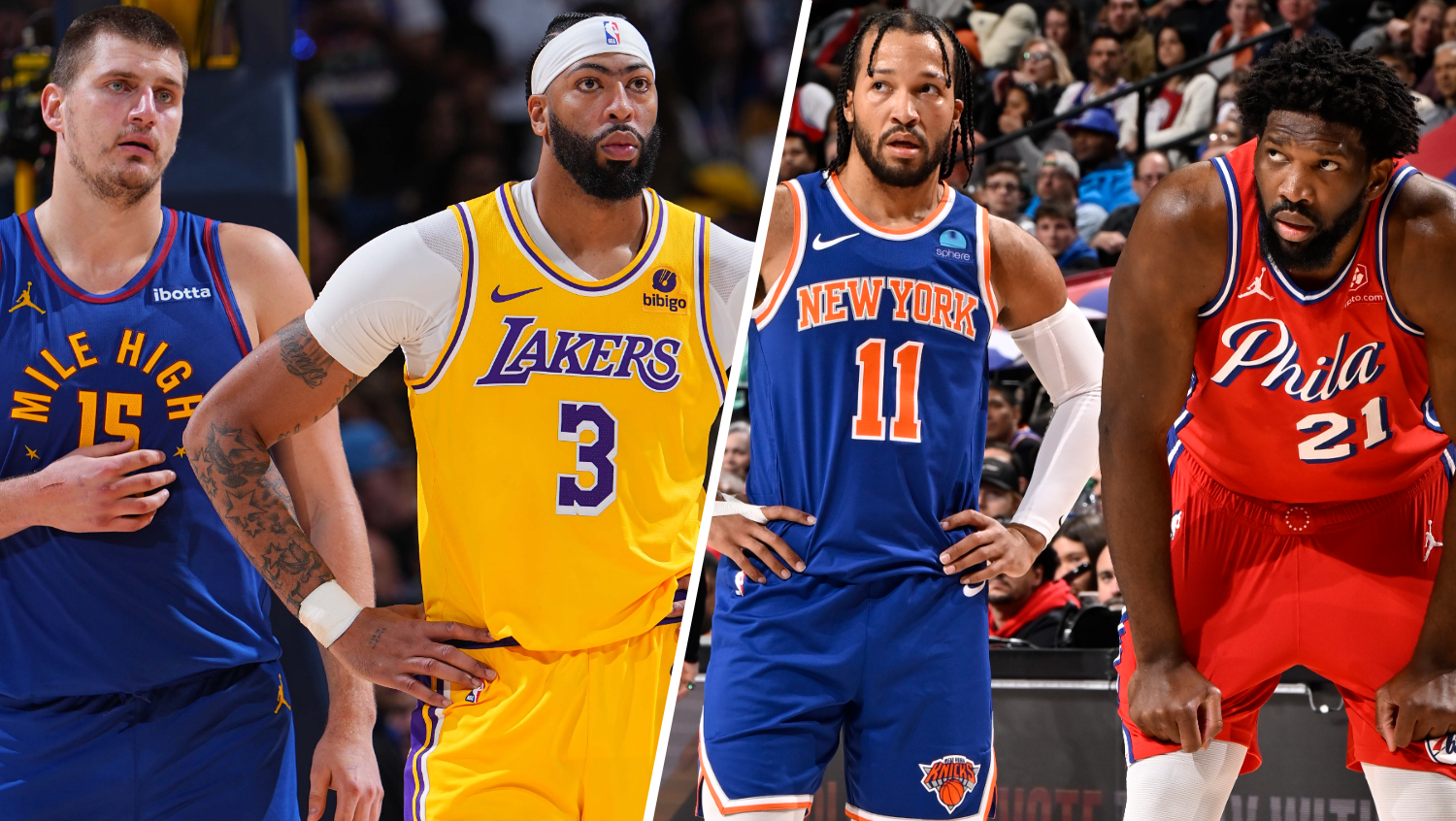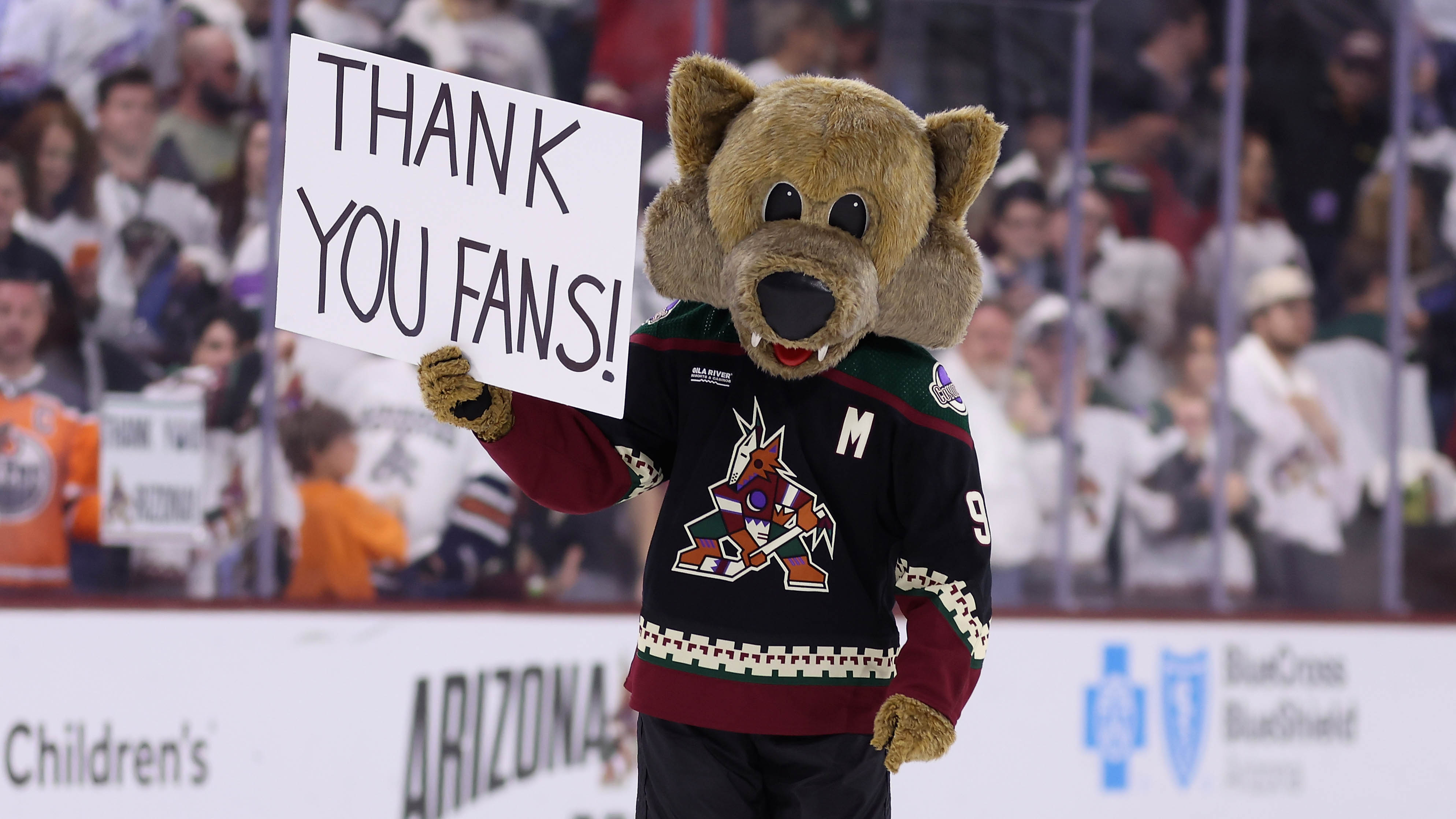During the second period of the Chicago Blackhawks’ matchup with the Toronto Maple Leafs, an odd play occurred on a rush that incited reaction from around the Twitterverse.
On the play, Hawks forward Marian Hossa was rushing towards the net, and a pass intended for him popped up in the air. Going to glove the puck down to his stick, Hossa was stopped from doing so when Leafs defenseman Dion Phaneuf accidentally deflected the puck into his own net past a shocked Jonathan Bernier, but any celebration on the Blackhawks’ side of things was quickly snuffed out as the referees immediately waved the goal off.
After a short video review, the call on the ice of no goal stood, and the game remained 2-1 in favor of the Maple Leafs.
The NHL’s Situation Room blog summed up the decision thusly:
“The referee on the ice ruled that the puck was batted by Marian Hossa’s glove off Dion Phaneuf’s stick and into the Maple Leafs net. According to rule 67.6 “A goal cannot be scored by an attacking player who bats or directs the puck and it is deflected into the net off any player, goalkeeper, or official.” This is not a reviewable call. No Goal Chicago.”
That rule seems pretty clear, but Rule 38.4, entitled “Situations Subject to Video Review” contains a passage that reads as this:
Sports
“(iv) Puck directed or batted into the net by a hand or foot….If the Video Goal Judge determines that it was put into the net by an attacking player using a distinct kicking motion, it must be ruled NO GOAL. This would also be true even if the puck, after being kicked, deflects off any other player of either team and then into the net. This is still NO GOAL.”
If the official’s original call was that Hossa batted the puck into the net, then it would seem that 38.4 would be sufficient for the officials to be able to review the play. Even if they did so however, the rest of the rule seems like it would back up the “No Goal” call, being that Hossa was ruled to have batted the puck and Phaneuf’s hitting the puck into the net with his stick wouldn’t be enough to overturn that call.
What is odd about the play is that Hossa’s act of dropping the puck back onto the ice to play it is a legal play by league rules. That is covered in Rule 67.2:
“A player shall be permitted to catch the puck out of the air but must immediately place it or knock it down to the ice.”
Hossa certainly was just trying to bring the airborne puck down onto his stick before Phaneuf ended up whacking it into his own net. Why is it that when Phaneuf hit the puck out of the air, the act of Hossa trying to put the puck on the ice all of the sudden became illegal, causing the goal not to count?
The spirit of the rule is obviously to prevent a player from getting away with trying to punch the puck into the net and it by random chance goes off of an opponent’s stick or skate, but what Hossa was doing wasn’t trying to gain an edge. He was simply trying to play the puck in a legal fashion, and he ended up being punished because of Phaneuf’s actions.
It is an odd question that isn’t sufficiently answered by the rule pointed to by the NHL, and even though it cannot be argued that this play single-handedly changed the momentum of the contest, it is an interesting quirk of the rules that is worth discussing in the league office in the future.



